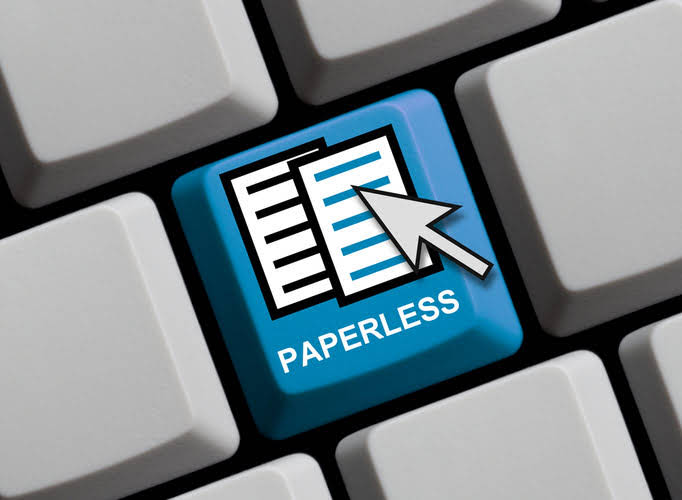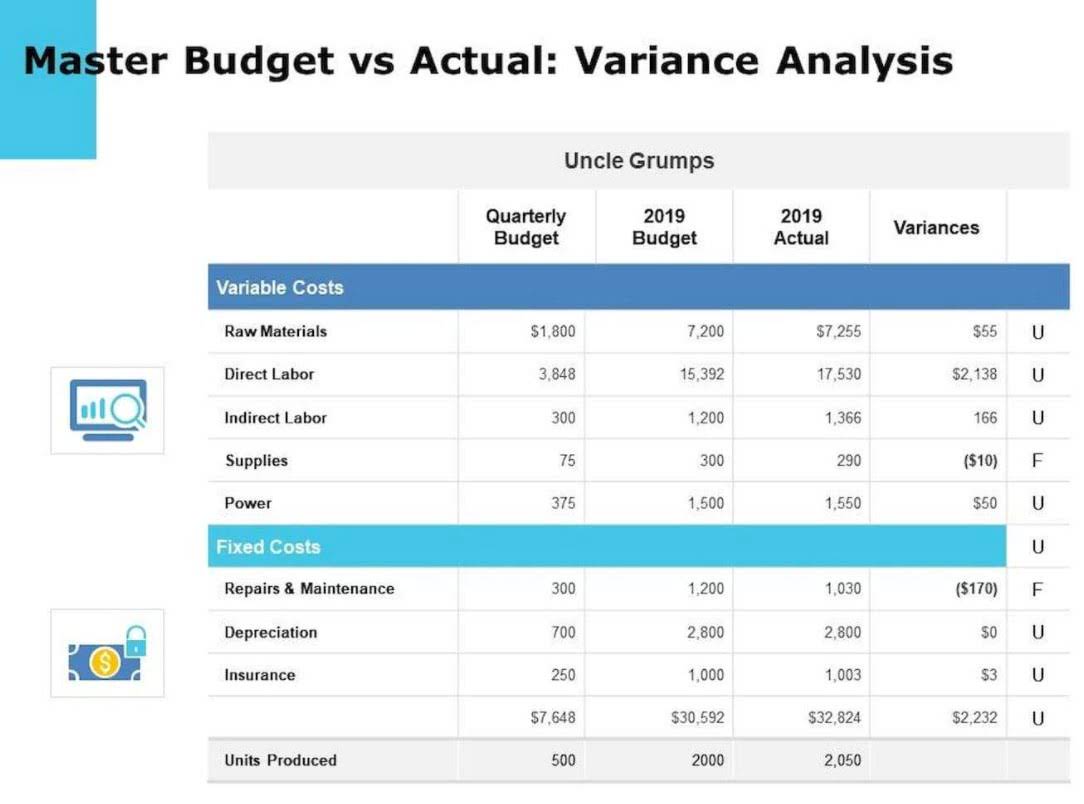The Ultimate Guide to Building a Good AP Audit Trail

In this guide, we’ll break down how accounts payable audits work and how they can strengthen your financial processes, helping you avoid potential risks and improve efficiency. This quick checklist serves as your roadmap for how to audit accounts payable, helping you identify potential issues and maintain strong financial controls throughout your audit process. Auditors examine the mathematical precision of your AP records by testing invoice calculations, payment amounts, and account balances. They’ll verify that vendor invoices match purchase orders and receiving reports, check that discounts were properly applied, and confirm that currency conversions are correct. Here, we explain what an accounts payable audit is and why it’s important to audit AP.
Maintain up-to-date vendor records
If you note any significant variances (that can’t be explained), then obtain a detail of those particular expense accounts and investigate the cause. In determining whether payables exist, I like to ask, “if the company closed down at midnight on the last day of the year, would it have a legal obligation to pay for a service or good? ” If the answer is yes, then record the payable even if the invoice is received after the year-end. With a strong AP department and the right software, there’s no need to fear accounting procedures any longer.

Accounts Payable Audit Phase 3: Reporting

Audits are a necessary part of doing business, but they don’t have to be scary. If you have the proper tools and resources in place to automate the entire AP process from initial purchase order to invoicing, to payment processing, your accounts payable processes will be transparent. Having the proper controls in place can reduce or even eliminate these occurrences. Controls include ensuring segregation of duties in the accounts payable process.
- Conducting an accounts payable (AP) audit is no longer optional—it’s a critical annual requirement for most companies.
- With AP automation, much of the data and documentation required for the audit is readily available, reducing the time and effort needed for data collection and validation.
- Consistent adherence to these protocols provides assurance that expenditures are valid.
- Some solutions, like Stampli, also feature real-time reporting and analytics capabilities that give you visibility and control over AP processes.
- While the digitization of AP offers unparalleled efficiency, agility, and speed, the introduction of AI in AP audits elevates the accuracy of the entire process.
- Without strong internal controls, AP processes can become a free-for-all, leaving room for unauthorized payments, fraud, and mistakes.
Reducing Risk of Fraud
Select team members who have the experience and skills to complete the audit, are trustworthy, and have the personal skills to engage with employees, vendors, and stakeholders respectfully. This amount represents the short-term debt or money owed to suppliers and creditors by a company and indicates the amount for vendor invoices that have been recorded but not yet paid. There are general accounting principles that accounts payable transactions must follow. Many audit of accounts payable organizations conduct internal AP audits quarterly with a more comprehensive review annually. However, audit frequency may vary based on your transaction volume, risk factors, and regulatory requirements. BILL Accounts Payable can significantly improve the audit process while strengthening controls and compliance.
- Completeness is the verification of accounts’ payables balances and checking if the general ledger balances are complete according to real payables listings.
- Also, it highlights areas for improvement, enabling the team to address issues beforehand.
- In a study, the Association of Certified Fraud Examiners found that the average organization loses around 5% of revenue to fraud.
- Controls include ensuring segregation of duties in the accounts payable process.
- They also make it difficult for businesses to maintain accurate, up-to-date financial records, leaving them unprepared for AP audits.
- Auditors may contact vendors directly to confirm the authenticity of invoices, ensuring that payments are made to legitimate entities.
- Therefore, we usually need to investigate further if there is a significant difference in the result.

Auditors carefully examine all potential liabilities, even those not yet officially recorded, to ensure that they are accurately represented in the financial records. One of the critical aspects of the testing phase is to verify the legitimacy of invoices. Auditors may contact vendors directly to confirm the authenticity of invoices, https://monsiteweb.littlebeez.fr/bookkeeping/bookkeeping-taxes-in-massage-northwest-academy/ ensuring that payments are made to legitimate entities. This is a fundamental step in preventing fraud and maintaining financial accuracy. Internal controls are standard operating procedures that help mitigate the risk of human error, reduce fraud, and prevent improper payments.

- Set up a regular schedule to review and update vendor information, including addresses, banking details, tax identification numbers, and contact information.
- An AP audit and report aren’t the end of the audit process but just the initial stage.
- When undetected, these risks can damage your business’s longevity and success.
- An accounts payable audit is an independent review of your company’s accounts payable records.
- An auditor will then use an audit trail to match payments to recorded payables and look for any files with unmatched documents.
In smaller engagements, I usually assess control risk at high for each assertion. When I assess control risk at less than high, I have to test controls to support the lower risk assessment. Therefore, assessing risks at high is usually more efficient Travel Agency Accounting (than testing controls). As we ask these questions, we inspect documents (e.g., payables ledger) and make observations (e.g., who signs checks or makes electronic payments?). Suppose the company you are auditing receives $2,000 in legal services in the last week of December 2019, but the law firm sends the related invoice in January 2020.